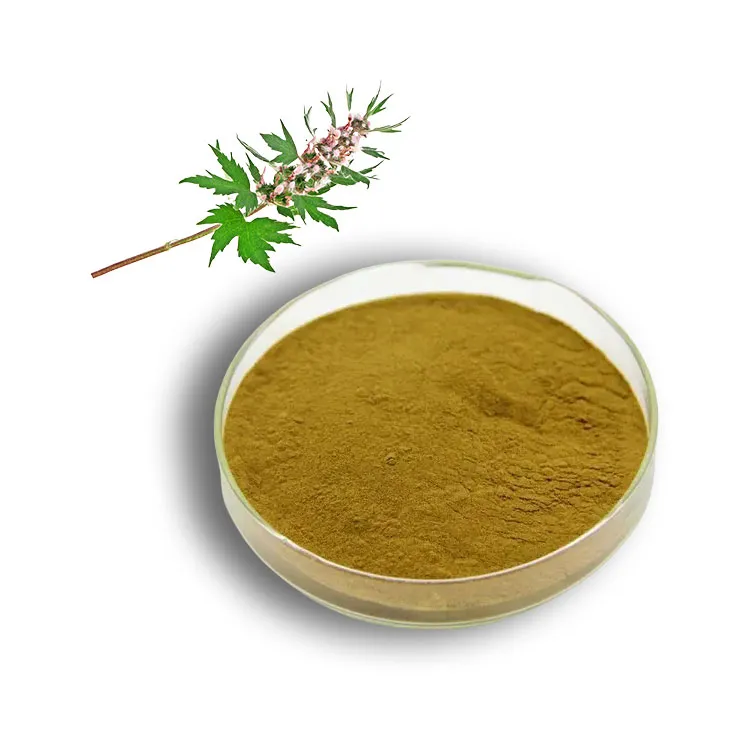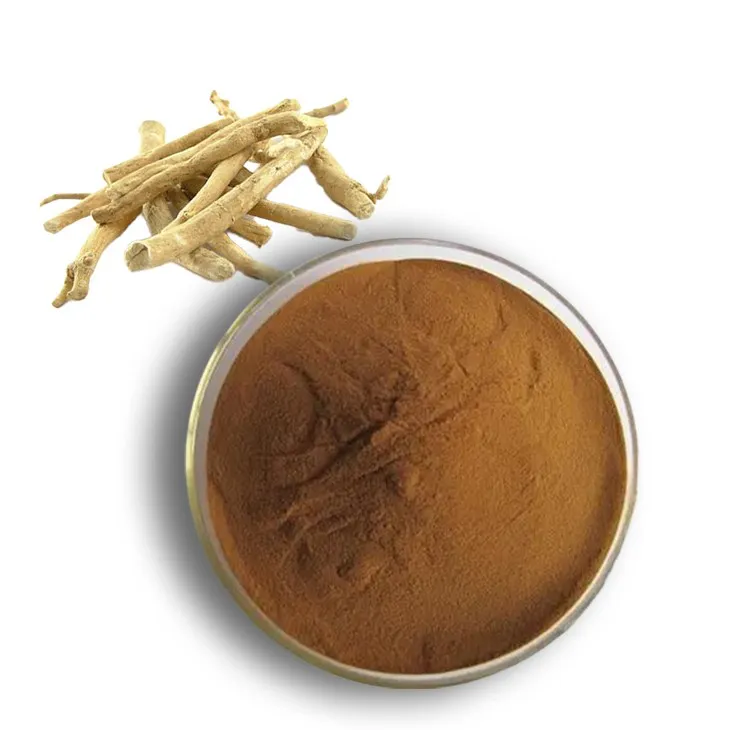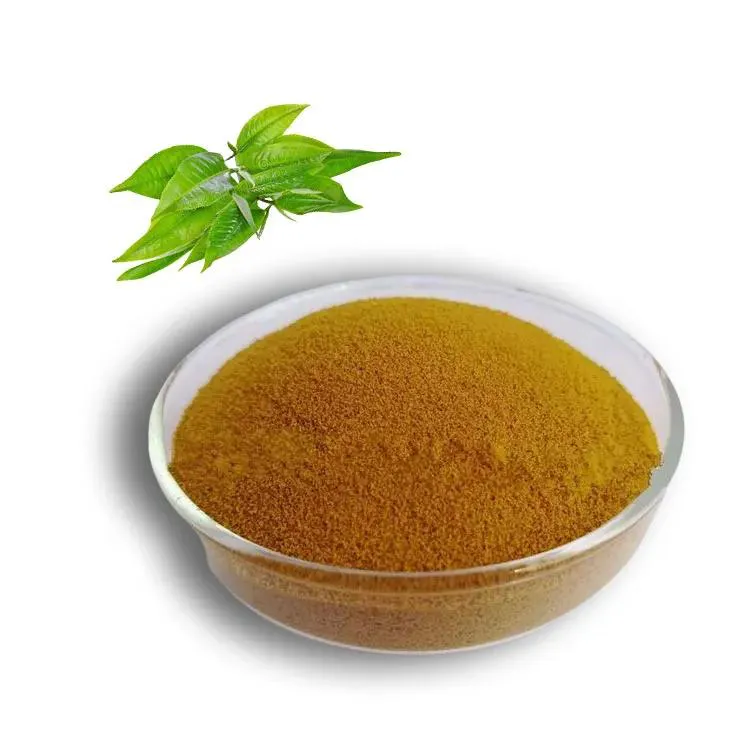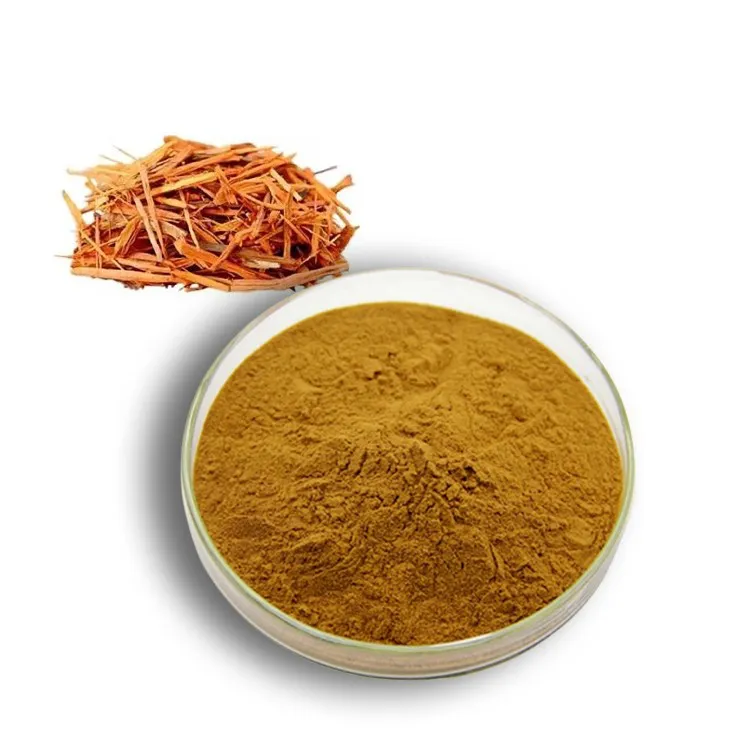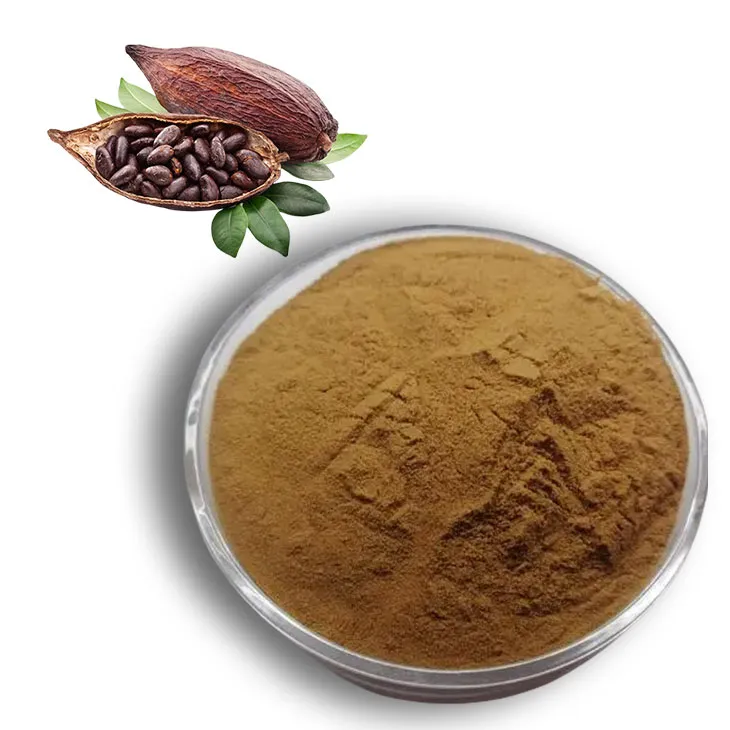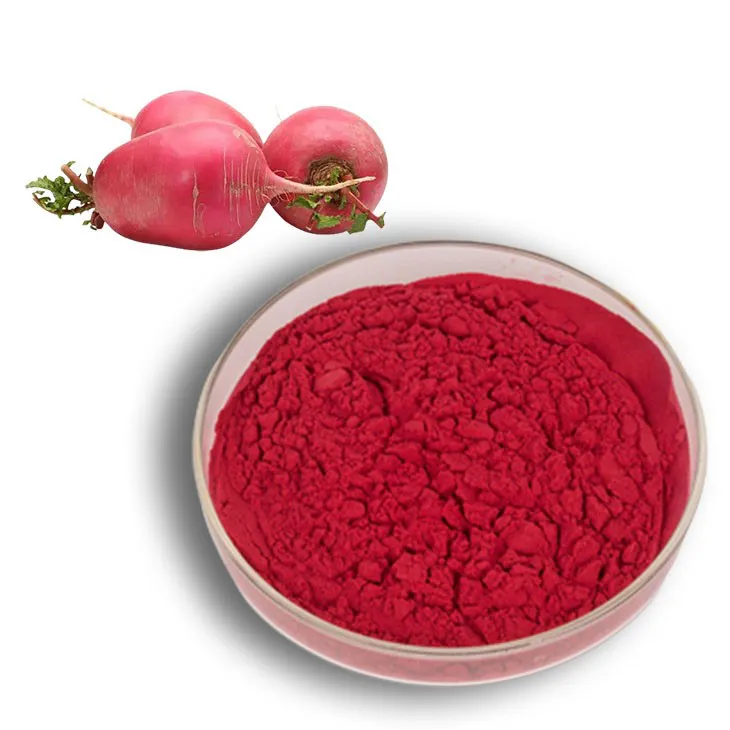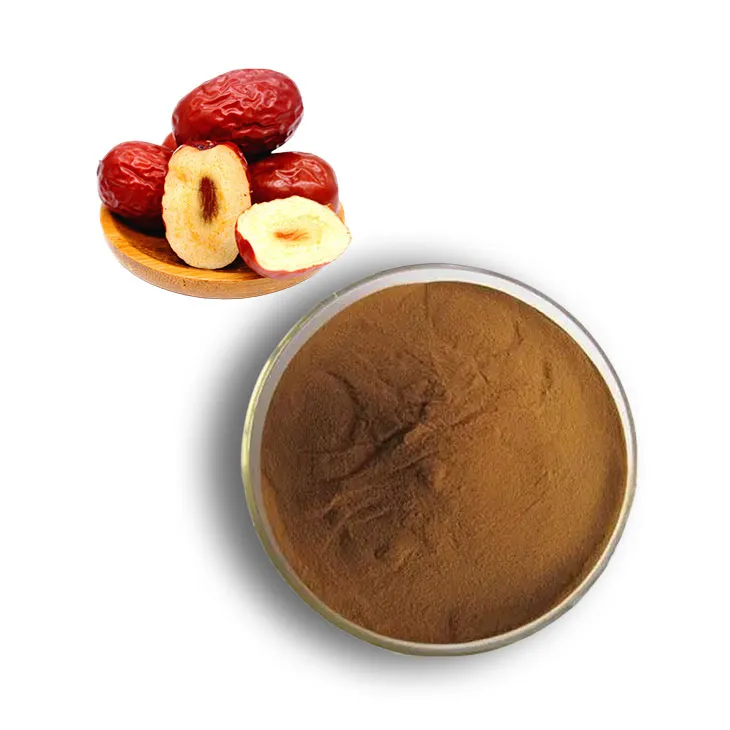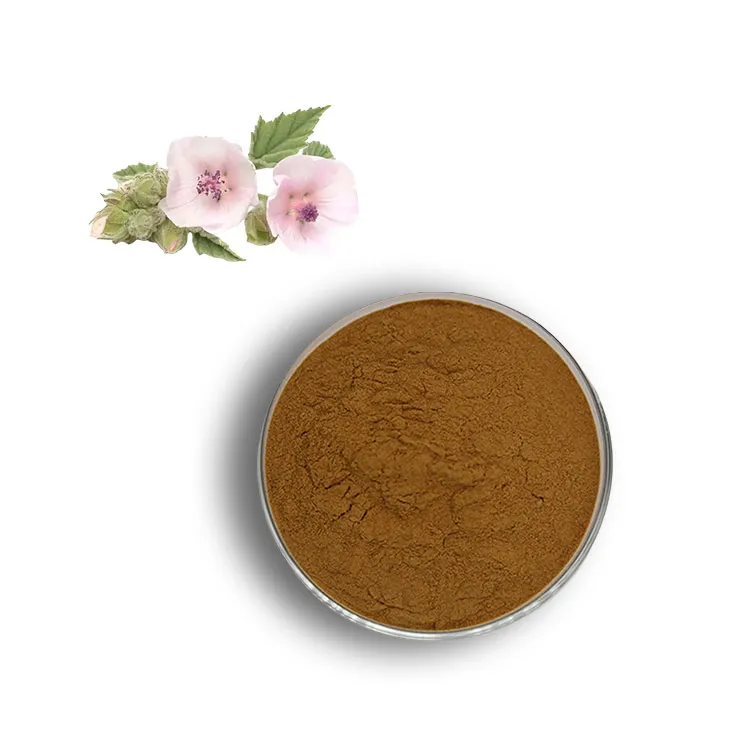- 0086-571-85302990
- sales@greenskybio.com
What Is Grapevine Used For? Its Nutritional, Medicinal, and Cultural Significance
2025-06-20
The grapevine, scientifically known as Vitis vinifera and encompassing several related species, has been cultivated by humans for thousands of years. Widely recognized for its role in wine production, the grapevine is also valued for its fruit, leaves, seeds, extracts, and even its symbolic importance in various cultures. Its applications span nutrition, traditional and modern medicine, culinary arts, cosmetics, and industry. This article provides an in-depth look at the major uses of grapevines, exploring their far-reaching significance beyond the vineyard.
Nutritional Uses of Grapevine
The grapevine's most celebrated product is its fruit—the grape. Grapes are enjoyed fresh as table grapes, dried as raisins, and processed into juice, jams, and jellies. They are a staple in many cuisines around the world. Grapes offer natural sugars, fiber, and an array of vitamins and minerals such as vitamin C, vitamin K, copper, and B vitamins. Notably, grape skins and seeds contain antioxidants like polyphenols and resveratrol, substances highly regarded for their potential to reduce oxidative stress in the body.
Grapeseed oil, another important nutritional product, is extracted from the seeds of grapes, usually as a byproduct of winemaking. This oil is prized for its mild flavor, high smoke point, and heart-healthy profile. It is rich in polyunsaturated fats and vitamin E, making it popular for sautéing, salad dressings, and as a base for infusions.
Less well-known, but equally significant, are grapevine leaves. In Mediterranean and Middle Eastern cuisines, grape leaves are commonly used to prepare dishes such as dolmas—stuffed grape leaves with rice, herbs, and sometimes meat. Not only do these leaves add texture and flavor, but they also supply dietary fiber and micronutrients.
Medicinal Applications
For centuries, the grapevine has played a role in traditional medicine, largely due to its bioactive compounds. Grapes and grape juice have historically been used to support heart and vascular health. Scientific research suggests that polyphenols, especially resveratrol, may help lower inflammation levels, support healthy cholesterol, and even provide cardiovascular protection.
Grapeseed extract, a supplement made from ground grape seeds, is rich in oligomeric proanthocyanidins (OPCs), which are potent antioxidants. Several studies indicate that grapeseed extract may improve circulation, protect blood vessels, and support blood pressure within the normal range. It is widely used to help manage chronic venous insufficiency, varicose veins, and to promote vascular health. Additional studies are exploring its role in skin health, wound healing, and as a supportive therapy in oncology, though these uses require further research.
Red vine leaf extracts, standardized and widely used in Europe, are recommended for managing swelling and discomfort of the legs due to chronic venous insufficiency. The leaves have astringent and anti-inflammatory effects, which make them useful in both topical and oral herbal preparations.
Cultural and Symbolic Roles
Beyond its practical uses, the grapevine occupies a central place in cultural, religious, and symbolic contexts. Wine, the fermented juice of grapes, has been produced for at least eight millennia. It features prominently in rituals, celebrations, and religious ceremonies across many cultures, from the Christian Eucharist to Jewish Sabbath observances and countless festive toasts.
The grapevine itself appears in ancient art, mythology, and literature as a symbol of abundance, fertility, prosperity, and unity. Greek and Roman civilizations linked the grapevine with gods of celebration—Dionysus and Bacchus, respectively—emphasizing its ties to joy, ecstasy, and communal life.
Grapevine wood has traditionally been used for crafting, including walking sticks and small implements, further illustrating the plant’s material versatility.
Cosmetic and Industrial Uses
Grapevine-derived products have found their way into modern cosmetics and natural personal care. Grapeseed oil is valued for its light, non-greasy texture, and is a popular ingredient in moisturizers, serums, and hair conditioners due to its antioxidant benefits and ability to promote skin softness and elasticity.
Industrial applications of grapevine byproducts include their use as biomass fuel, organic fertilizers, and even in developing eco-friendly construction materials. Compounds like resveratrol and grape polyphenols from grape waste are increasingly utilized in nutraceuticals and skincare formulations as the demand for sustainable, plant-based ingredients grows.
Modern Research and Potential
Scientific interest in grapevine constituents continues to expand. Resveratrol, in particular, has generated excitement for its possible anti-aging, anti-inflammatory, and cardioprotective effects. Researchers are also investigating the broader spectrum of polyphenols in grapes, grape seeds, and leaves for their potential roles in supporting metabolic health and reducing disease risk.
Conclusion
The grapevine’s value far exceeds its association with wine. As a source of nourishing fruit, healing compounds, culinary specialties, cosmetics, and societal meaning, the grapevine reflects an impressive combination of utility, health, and cultural depth. Its legacy spans continents and millennia, and as science continues to uncover new benefits, the grapevine’s importance is set to grow even further. Enjoyed as food, drink, medicine, or symbol, the grapevine stands as one of nature’s most versatile and valued gifts.
- ▶ Hesperidin
- ▶ citrus bioflavonoids
- ▶ plant extract
- ▶ lycopene
- ▶ Diosmin
- ▶ Grape seed extract
- ▶ Sea buckthorn Juice Powder
- ▶ Beetroot powder
- ▶ Hops Extract
- ▶ Artichoke Extract
- ▶ Reishi mushroom extract
- ▶ Astaxanthin
- ▶ Green Tea Extract
- ▶ Curcumin Extract
- ▶ Horse Chestnut Extract
- ▶ Other Problems
- ▶ Boswellia Serrata Extract
- ▶ Resveratrol Extract
- ▶ Marigold Extract
- ▶ Grape Leaf Extract
- ▶ blog3
- ▶ Aminolevulinic acid
- ▶ Cranberry Extract
- ▶ Red Yeast Rice
- ▶ Red Wine Extract
-
Motherwort Extract
2025-06-20
-
Withania Somnifera Extract
2025-06-20
-
Quercetin
2025-06-20
-
Green Tea Extract
2025-06-20
-
Yellow Pine Extract
2025-06-20
-
Kupilu Extract
2025-06-20
-
Cocoa Extract
2025-06-20
-
Beetroot Powder
2025-06-20
-
Red Date Extract
2025-06-20
-
Medicinal Marshmallow Extract
2025-06-20











